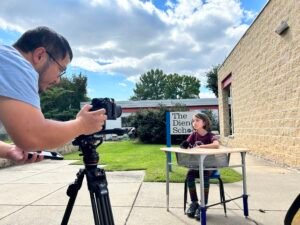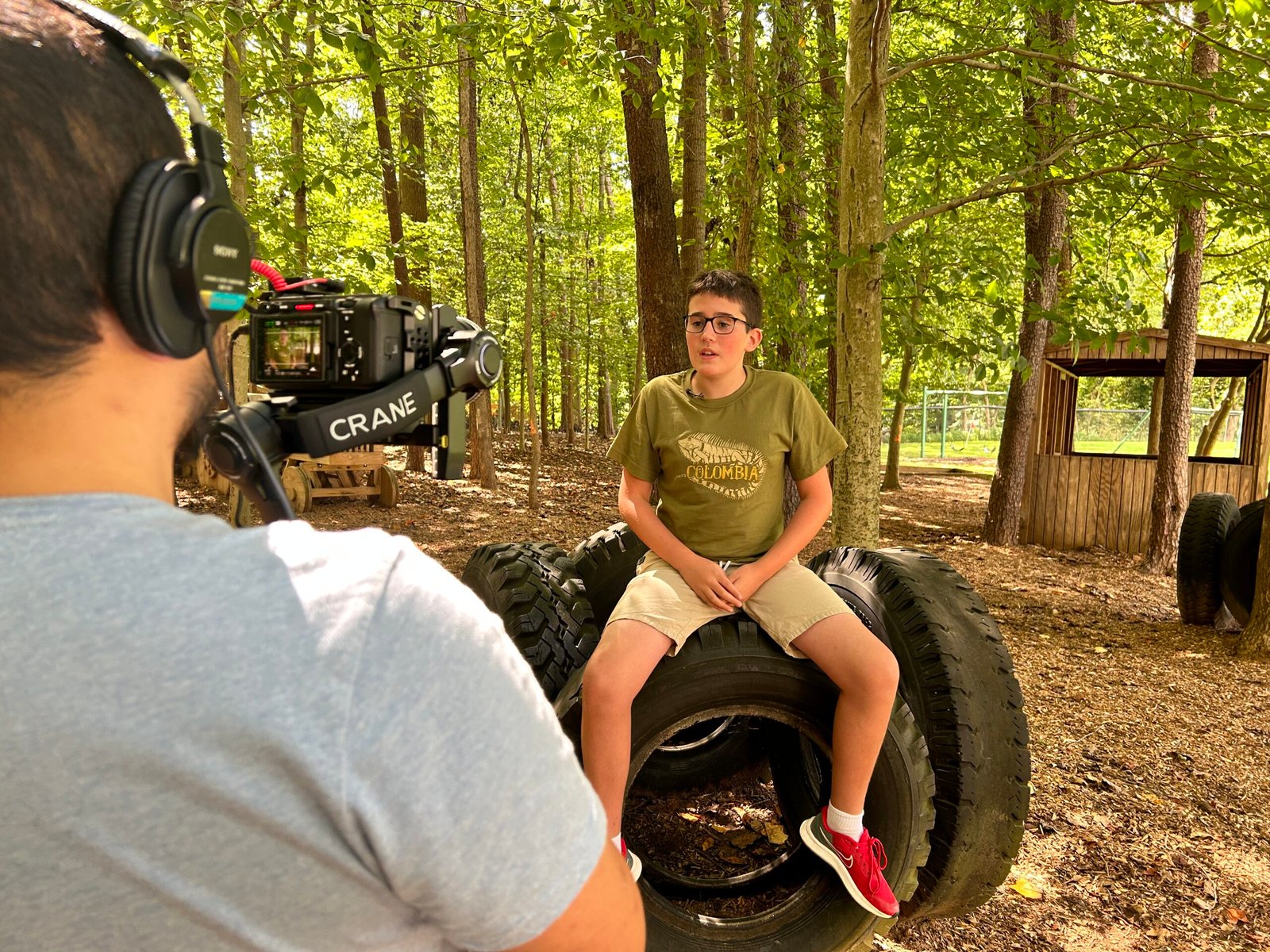In 2022, video accounted for 65% of online traffic, a 24% increase from the previous year. This staggering statistic highlights the paramount importance of videos in our daily lives. With platforms like YouTube, TikTok, and the ever-growing spectrum of streaming services, the need for outstanding video content has never been higher. As a result, meticulous preparation for a video shoot is essential to ensure content resonates and makes a mark in today’s saturated media landscape.
Understanding the Video’s Purpose and Audience
Before embarking on any video shoot, it’s essential to pinpoint who is the audience and what platforms will it be shown on. Is it promotional, aiming to sell a product or service? Perhaps it’s educational, seeking to inform or instruct. Or maybe it’s purely for entertainment, designed to engage and captivate.
Once defined, the content must be tailored to resonate with the target audience. This ensures that the final product will not only achieve its objective but also captivate its viewers.
Pre-Production Planning
A well-laid plan is the foundation of a successful video shoot. This begins with a series of pre-production meetings, brainstorming, listening to the client, and sharing examples of work we all like (or dislike!). Then comes scriptwriting, turning the idea into a structured narrative, followed by creating a storyboard. Then comes the selection of the perfect location. If a studio is needed, be sure it’s the right space for you. Warning: not all studios are soundproof – some promote themselves as studios but are more for photographic (no audio) work. Some studios come with equipment, and some come with none. It may be required to obtain permits and ensure the location is easily accessible for the crew and equipment. Your crew will appreciate an elevator – minimal stairs, please!
Technical Preparation
The gear is vital and you are paying your crew to know what equipment will best suit the needs of your production. Technical planning will happen offline, a task the client is not asked to think about. A good crew will have plentiful kit and a deep knowledge for how to use it. A comprehensive equipment checklist ensures nothing is forgotten – from cameras and microphones to lights. If you are dreaming of drone footage or go-pro footage, speak up! Your crew will do your best to tick every box for you, but beware, especially around Washington DC, no-fly zone rules are in place. Your crew will be thinking about all the details so you don’t have to – from visual and audio details such as controllable audio from AC to the flight path, ensuring crystal clear sound quality, which can make or break the viewing experience.
Logistical Considerations
Time is of the essence. Every moment on a shoot costs money. Proper scheduling ensures there’s enough time for setting up, shooting, and much-needed breaks. Your producer should always have a contingency plan in place, be it for bad weather, equipment malfunctions, or other unexpected challenges. And let’s not forget budgeting – knowing where every dollar is allocated ensures no unpleasant financial surprises. Ask questions during the planning phase, to get a sense of the depth of organization and planning your team will offer.
Importance of Rehearsal
Practice makes perfect whether it’s a script, a teleprompter read, or an interview. Familiarizing with scripts, scenes, and transitions is essential. It helps reduce errors, prevents countless retakes, and ensures everything runs smoothly on the day of the shoot.
Post-Production Preparedness
The shoot might be over, but the work isn’t. The edit is just as creative as the filming itself. Once filming wraps, your team will organize clips, create an efficient editing workflow, and plan for review rounds to fine-tune the end product.
Case Study: A Successful Video Shoot
 Let’s dive into a real-world scenario: Striking Media’s recent filming with the Diener School for their Capital Campaign video Diener CC.
Let’s dive into a real-world scenario: Striking Media’s recent filming with the Diener School for their Capital Campaign video Diener CC.
Filming with faculty, parents and students, the day was busy with multiple locations and logistics. Here’s how meticulous planning ensured success:
- Pre-production meetings: Multiple planning meetings ensured that we knew exactly what content we needed to capture on filming day and the order in which it would all take place.
- Timelines: Clear deadlines were set for the delivery of questions, identifying which students would participate and what content we wanted to capture to highlight the fundamental needs for the capital campaign.
- Logistics: A single point of contact was established between Striking Media and Diener School ensuring clear communications, and a timeline for the day of filming.
 The result? With all stakeholders informed, responsive, and on the same page, the shoot was a resounding success. It was a truly fun day where everyone had a sense of gratitude that this was our working life! It also dispelled all myths around ‘not working with children’ because these children were AWESOME!
The result? With all stakeholders informed, responsive, and on the same page, the shoot was a resounding success. It was a truly fun day where everyone had a sense of gratitude that this was our working life! It also dispelled all myths around ‘not working with children’ because these children were AWESOME!
The mantra is simple: preparation is key. From understanding the objective and audience, through rigorous planning and rehearsals, to post-production finesse, every step matters. When everyone comes together, aligned and ready, magic happens. Lights, camera, action!

